This website uses a variety of cookies, which you consent to if you continue to use this site. You can read our Privacy Policy for
details about how these cookies are used, and to grant or withdraw your consent for certain types of cookies.
Category - Flumes
Blog
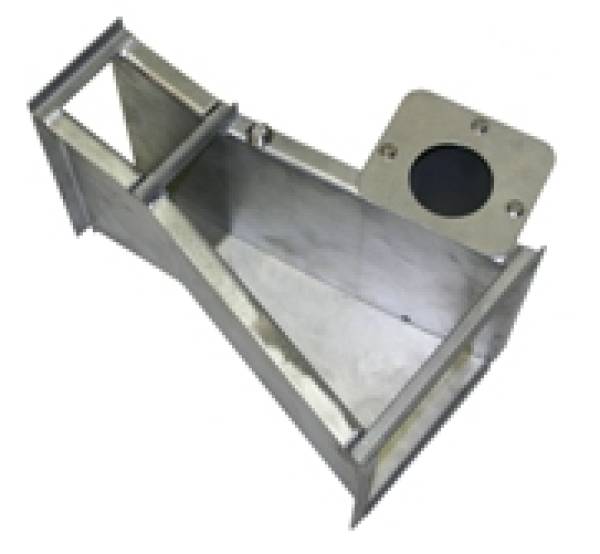
USGS Portable Parshall Flume
The USGS Portable Parshall flume is a modification of the standard Parshall flume where the discharge section has been removed. The purpose of the modification is to reduce the weight of the flume and to make it easier to install. With the discharge section removed, the…
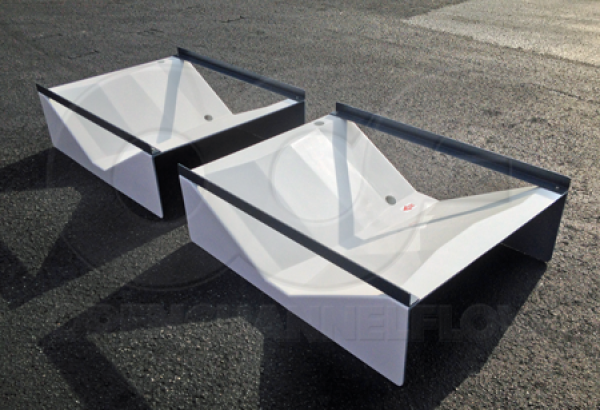
Case Study: Urban Watershed Monitoring with Trapezoidal Flumes
Customer – University of Louisville - Stream Institute The Stream Institute at the University of Louisville is an interdisciplinary applied research program in the Department of Civil and Environmental Engineering. The work of the Institue is primarily concerned with…
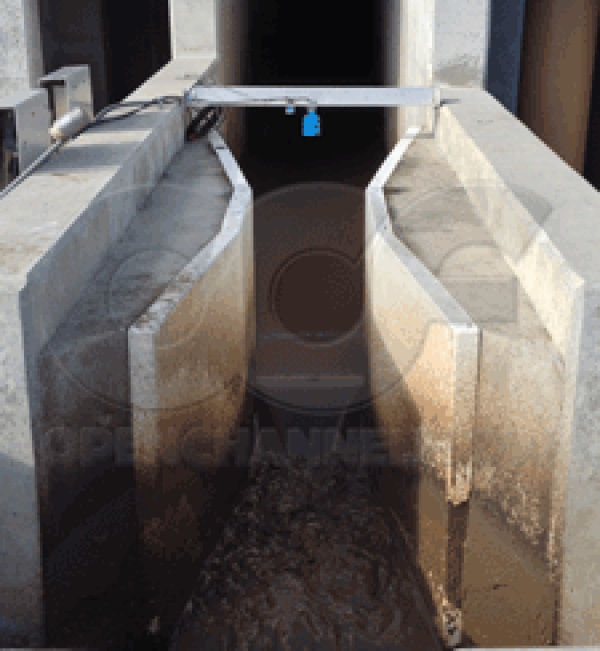
Who Are the Leading Manufacturers of Flumes, Manholes, and Weirs
Every year at Openchannelflow we talk with several hundred consultants, researchers, contractors and end-users about their flow monitoring needs. Because we work extremely hard at answering all questions "flow” on this web site – and this blog in particular - we are…
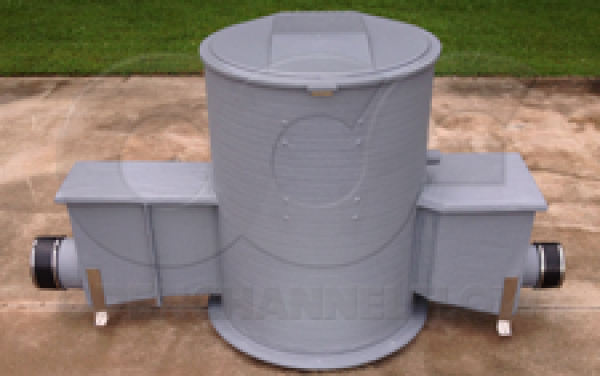
Parshall Flume Metering Manholes
Parshall Flume Metering Manholes are an excellent solution to the problem of how to monitor below-grade piped flows. Integrating the popular Parshall flume into a fiberglass manhole, Parshall Flume Metering Manholes are complete, factory-integrated structures capable of…

Parshall Flume End Adapters
End adapters are specially shaped transitions that are molded or secured to the inlet and outlet ends of Parshall flumes to connect then to inline piping so that flow can be measured. End adapters serve to transition flow from the round pipe to the rectangular cross-section…

Calculating Head Loss in Parshall Flumes
Parshall flumes – like all flumes - are obstructions placed in a flow stream that produce backwater. This backwater extends upstream of the flume and raises the water surface in the approach channel. The difference in water surface elevation with and without the…
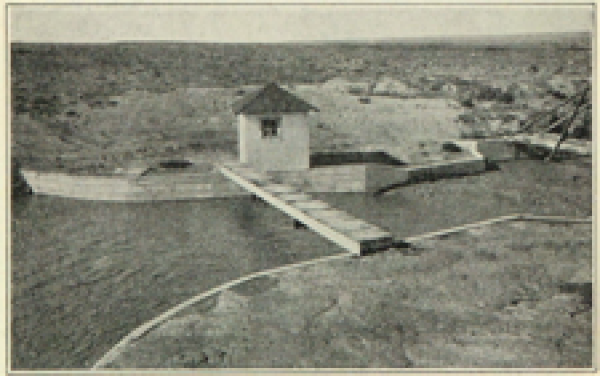
Large Parshall Flumes
Large Parshall flumes – those with throat widths larger than 144-inches – are primarily used to measure the diversion of water from streams, lakes, and other primary sources of surface water to smaller irrigation distribution systems. The flumes are not commonly used…
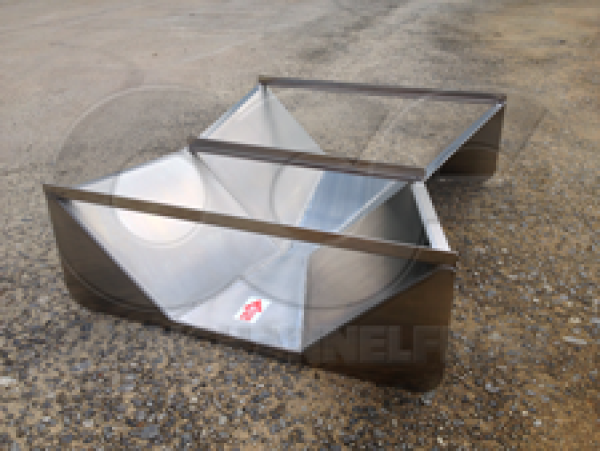
Trapezoidal Cutthroat Flumes
Less well known than their more numerous Rectangular throated brethren, Trapezoidal Cutthroat flumes are a class of (3) flumes that combine the low flow sensitivity of the Trapezoidal flume with the simple, throatless design of the Cutthroat flume. Trapezoidal Cutthroat flumes…
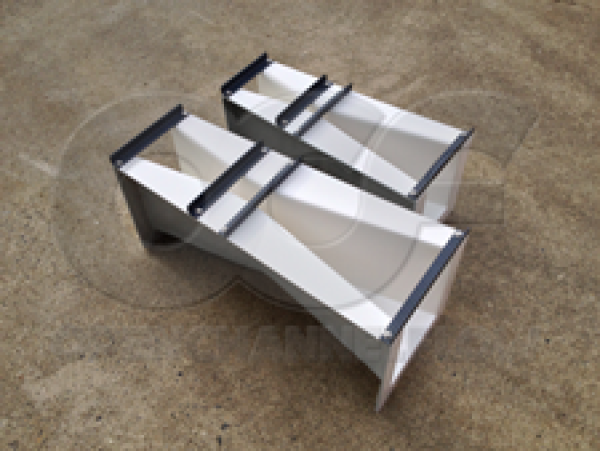
Flow Charts, Equations, and Dimensions for Small Parshall Flumes
Small Parshall flumes, those from 1-inch to 3-inches in size, are well suited to a variety of applications, from stream gauging to industrial pretreatment monitoring. The flumes posses good flow ranges, are able to measure low heads / flow rates with accuracy, and are…

Approach Velocities and Parshall Flumes
In The Parshall Flume (1936), Dr. Parshall indicatd an approach velocity of about 1 ft/s was desireable and that the Parshall flume was intended to operate when the approach velocities were moderate. Parshall flumes, while showing some insensitivity to approach velocities,…
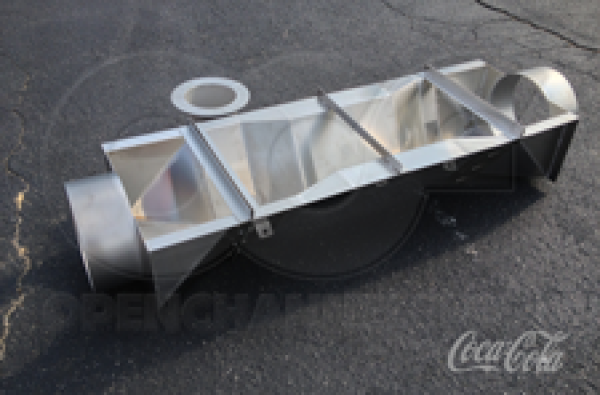
Trapezoidal Flumes for Industrial Pretreatment Discharges
Trapezoidal flumes are popular choice when industrial users need to measure pretreatment discharges. The flumes provide: Good resistance to submergence Pass solids and sediments well Able to accurately measure low flows Suiteable for sanitary / mixed industrial flow streams…
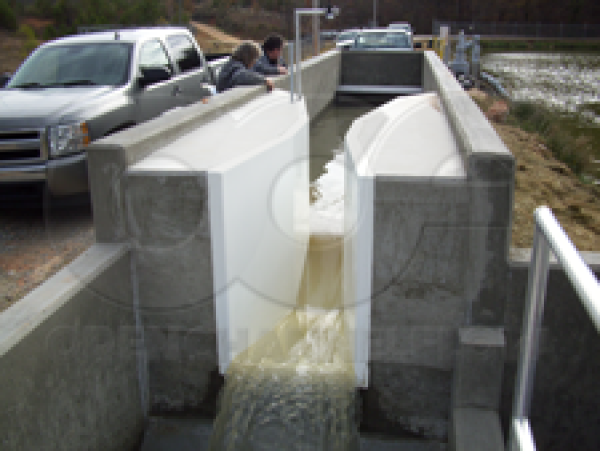
Flow Resolution Versus Accuracy in Flumes
Many people confuse a flume’s resolution with its accuracy and use the terms interchangeably. The two, however, are distinct from each other.
A flume may have good resolution, but poor accuracy, and vice versa.

LOCATIONS IN ATLANTA, GA & BOISE, ID

